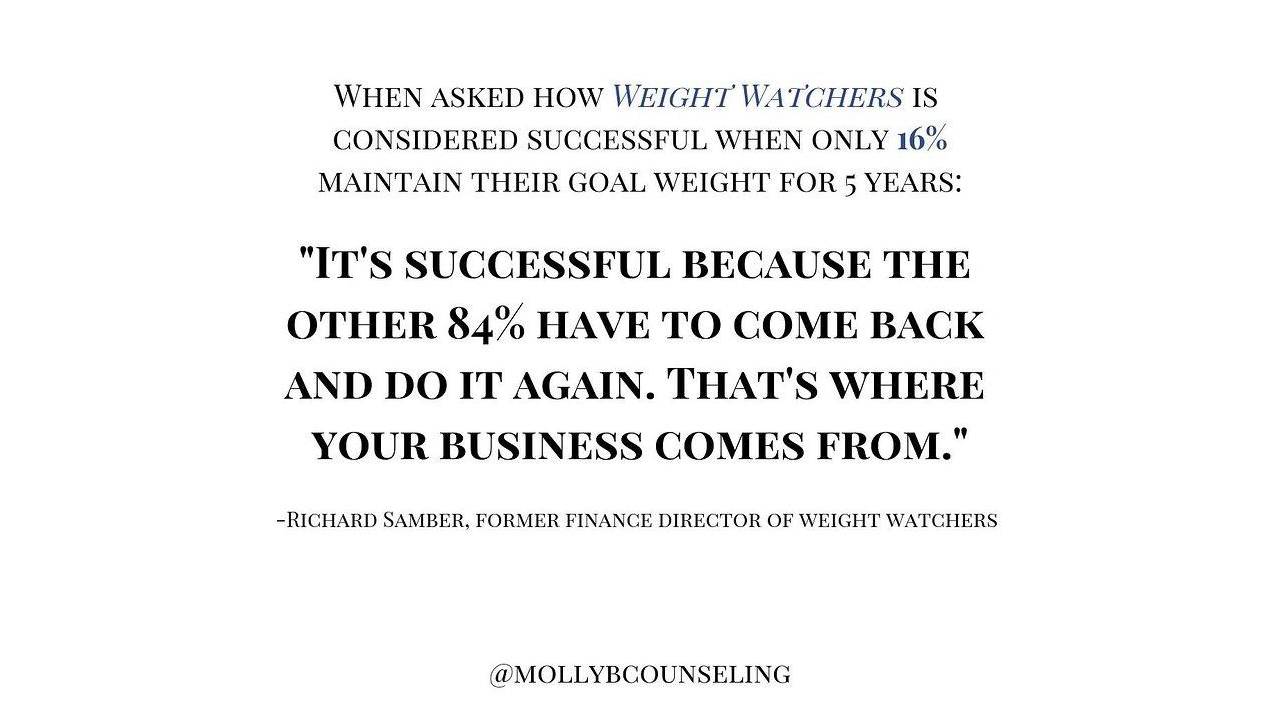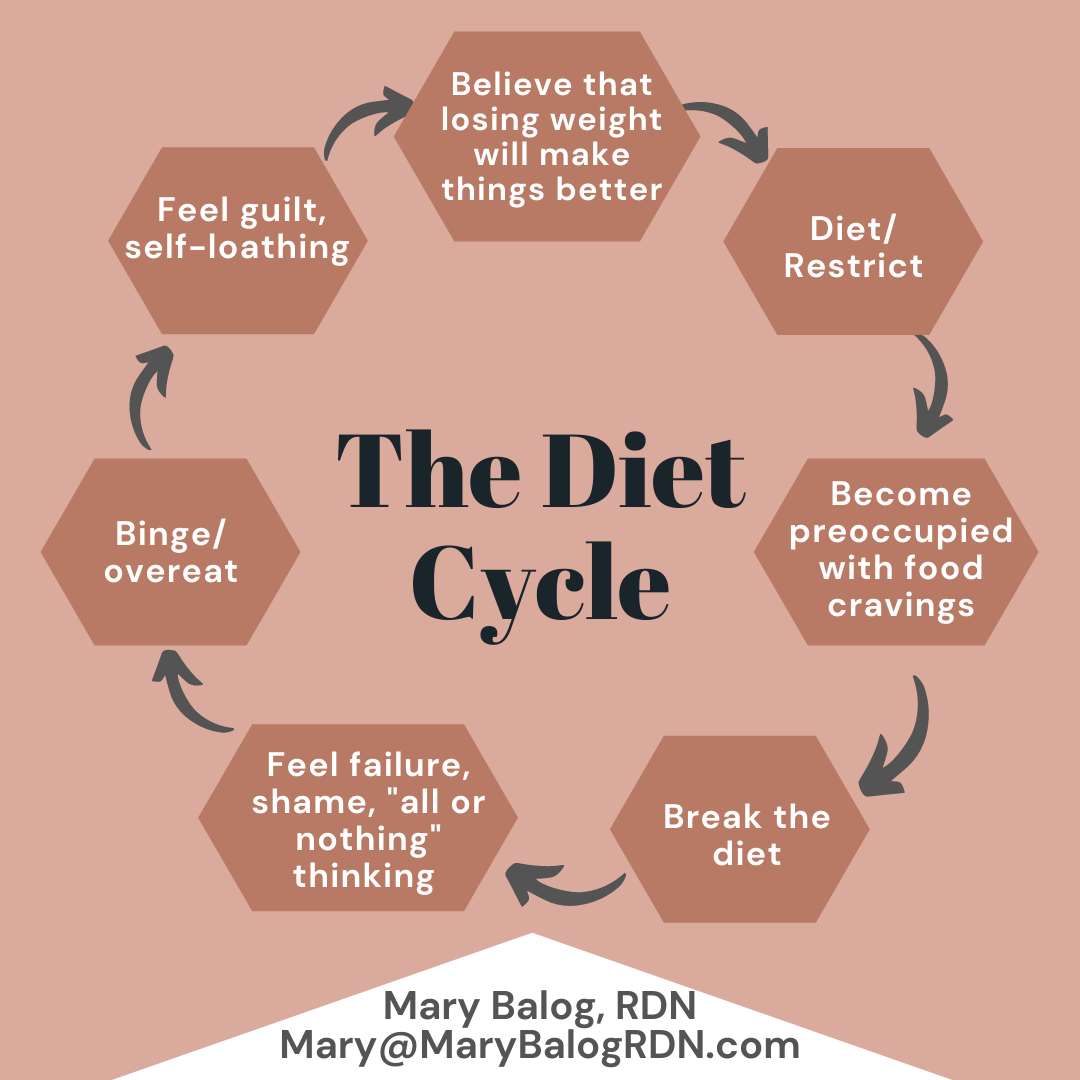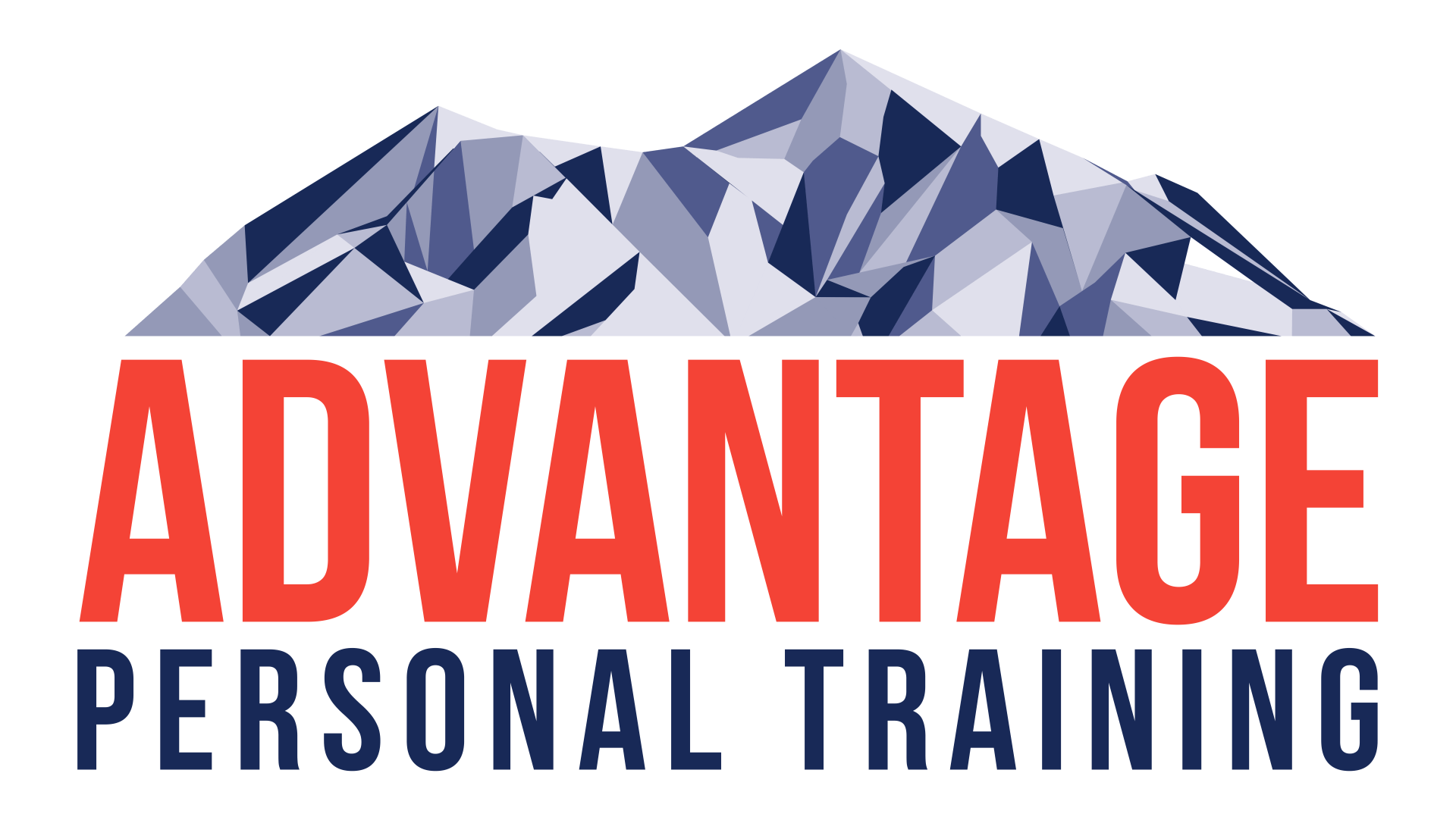Therapy Thursday: Pain Changes the Way You Move, Even if you don’t realize it.
Everything has changed….
Did you know that your body can subconsciously change the way it uses muscles in the presence of pain? You may not even be aware of these changes. There have been multiple theories in the way pain changes motor control and voluntary movement, however none of them have ever been able to fully hold up in the court of peer reviewed research.
What we do know about pain is that everyone’s pain experience is different. We talked about this in the last post and this remains true. Paul Hodges, a pain researcher from Australia, has put together an updated theory on motor adaptations to pain. It’s a 5 part theory and we will go through the parts and what they mean to you.
- Redistribution of activity within and between muscles.
- Rather than a uniform increase or decrease in activity(as previous models suggest), changes can relate to the task at hand.
- Reduced activity
- Increased activity
- Combination of both
- In response to experimental back pain, responsiveness to transversus abdominus is reduced while external oblique is more responsive
- Each individual develops their own protective strategy based upon personal experience, anthropometrics, posture, task, etc.
- Rather than a uniform increase or decrease in activity(as previous models suggest), changes can relate to the task at hand.
- Altered mechanical behavior
- Removal or reduction of threat
- Removing body part from the threat (take hand off of hot stove)
- Reduced displacement/velocity/force
- Stiffening a segment to prevent movement associated with pain/threat of pain
- Modification of the amount of load on a painful structure
- Some changes are at the spinal cord level, others are at higher processing regions
- Removal or reduction of threat
- Protection from further pain, injury, or threatened pain/injury
- Many adapted motor behaviors may lead to enhanced protection
- Decreased muscle activity and force withdrawal
- Changes at multiple levels of the motor system
- Changes in excitability and organization of the motor cortex of the brain and complex changes in the planning of motor responses that are mediated “upstream” of the motor cortex
- Changes in sensory function may have effects on control of movement
- Reduced sensory acuity, increased errors in repositioning, reduced responsiveness to sensory input
- Reorganization of the somatosensory regions of the brain
- Short term benefit with potential for long term consequences
- Long term adaptations may pose risks for the tissues and nervous system
- Modified loading of tissues over time
- Leads to tissue irritation.
- People with back pain have greater load on the spine during lifting than pain free individuals à direct result of muscle activation patterns
- Protective solutions may compromise the quality of movement
- Increased trunk stiffness in low back pain
- People normally move the spine in anticipation of need, however people in pain less frequently are able to do this and have decreased quality of postural recovery.
- Decreased movement variability
- Too much variability is a bad thing as well
- Leads to tissue irritation.
- Modified loading of tissues over time
- Long term adaptations may pose risks for the tissues and nervous system
- Many adapted motor behaviors may lead to enhanced protection
Well, that was boring. Let’s get to what you came here to read about. My question is, Can motor (movement) adaptations be changed with intervention and does it make a difference?
One of the “hallmarks” of low back pain is delayed and/or reduced activation of your “inner core” muscles. It persists between pain episodes and can even be reproduced when pain is brought on experimentally (scientists inject you with fluid that causes you to have pain). Physical therapists attempt to address this constantly.
GOOD NEWS : Delayed and reduced activation of the inner core muscles can be restored with motor relearning strategies and these changes can persist once the training has stopped. Tsao et al states that motor relearning can also change the organization of the motor cortical networks. That last sentence means that you can change the way your brain is organized to return you back to normal function. Similar findings have been seen in segmental spine stabilizers (multifidus) while net activity of superficial trunk muscles can be reduced. Coordination of the medial and lateral quad contraction timing has also been shown to be adaptable.
THE OKAY BUT STILL GOOD NEWS: While we can definitely cause improvement in motor control, simply contracting and relaxing muscles without much thought won’t do the trick. True improvements in motor control have appeared to be dependent on conscious and precise correction of movements and activity of muscle (Tsao and Hodges, 2007). This is consistent with research observations that show cortical plasticity (brain changes) is dependent on the extent of conscious attention and skill during motor training (Karni et al, 1995, Plautz et al 2000, Remple et al 2001). Additionally, repetition of movement that is absent of skill or precision does not induce reorganization (Plautz et al 2000, Remple et al 2001).
Back to the good news: Data suggests that motor control training with conscious attention to correction of motor control is EFFECTIVE and creating change.
DO IT RIGHT!
Boudreu et al, suggests that pain may also interfere with the ability to create plastic changes in the motor cortex (2007). La Pera et al argued that these changes were due to changes in cortical excitability in those with pain (2001). Other research suggests that as long as quality of movement is maintained, the training induced changes are unaffected by pain (Tucker et al 2010). This suggests that a high quality of training is likely to be a key determining factor of treatment or training success and that we should use quality movement based strategies to improve pain levels, ability to create and maintain proper movement, and restore/reorganize the way our brain functions in regard to movement. Tsao and Hodges conclude that higher quality training can induce larger changes in the temporal aspects of muscle activation (2007). I believe that this is a time to focus on proper form and technique rather than blowing through reps. I’d prefer my patients have 2 good reps than 2 good reps followed by 8 terrible reps. Understanding how and why those 2 reps were good builds an understanding in how to do 10 good reps, then 10 good reps with load then speed, etc. Injuries can give us a great window of opportunity away from on ice/field/court training to work on improving and cleaning up the way someone moves. As always, as long as the form is pristine we need to be challenging the athlete through multiple situations. RNT is one way of accomplishing this, you could also choose load, Concentric/isometric/eccentric times, velocity, metabolic demand. Having to be conscious about your movements is the first step in creating change that becomes automatic, this is skill development at work and movement is a skill that many young athletes simply don’t possess.
This information is extremely relevant to not only athletes, but anyone who has had pain. Research shows that in the presence of back pain, shoulder pain, ankle pain or any pain in between the body changes the way we are able to facilitate or inhibit musculature. When pain is present, particularly in the acute phases, our exercise strategies should not only be challenging enough to need to really focus on improving the movement but they should also be pain free. The benefits are not only apparent during the early process of getting athletes back to sport or adults back to whatever it is that they want to do, but even after the focused training has stopped the changes can be maintained.
BOOM. Feel the power of knowledge.
REFERENCES
MAIN REFERENCE: P.W. Hodges. Pain and motor control: From the laboratory to rehabilitation. J Electromyography and kinesiology. 21 (2) (2011), 220-228.
Boudreau, A. Romaniello, K. Wang, P. Svensson, B.J. Sessle, L. Arendt-Nielsen. The effects of intra-oral pain on motor cortex neuroplasticity associated with short-term novel tongue-protrusion training in humans . Pain, 132 (1–2) (2007), pp. 169–178
M.L. Ferreira, P.H. Ferreira, P.W. Hodges. Changes in postural activity of the trunk muscles following spinal manipulative therapy. Manual Therapy, 12 (3) (2007), pp. 240–248
Ferreira, M. Ferreira, P. Hodges. Changes recruitment of the abdominal muscles in people with low back pain: ultrasound measurement of muscle activity. Spine, 29 (2004), pp. 2560–2566
P.W. Hodges, G.L. Moseley. Pain and motor control of the lumbopelvic region: effect and possible mechanisms. J Electromyogr Kinesiol, 13 (4) (2003), pp. 361–370.
P.W. Hodges, G.L. Moseley, A. Gabrielsson, S.C. Gandevia. Experimental muscle pain changes feedforward postural responses of the trunk muscles. Exp Brain Res, 151 (2) (2003), pp. 262–271
Karni, G. Meyer, P. Jezzard, M.M. Adams, R. Turner, L.G. Ungerleider. Functional MRI evidence for adult motor cortex plasticity during motor skill learning. Nature, 377 (6545) (1995), pp. 155–158
Le Pera, T. Graven-Nielsen, M. Valeriani, A. Oliviero, V. Di Lazzaro, P.A. Tonali, et al.. Inhibition of motor system excitability at cortical and spinal level by tonic muscle pain. Clin Neurophysiol, 112 (9) (2001), pp. 1633–16
McGill. Low back disorders: evidence based prevention and rehabilitation. Human Kinetics Publishers, Inc., Champaign, IL (2002)
Mok N, Brauer S, Hodges P. Delayed initiation of trunk movement and prolonged balance recovery in response to unexpected loading in people with chronic low back pain . In: Proceedings international society for the study of the lumbar spine, 2009.
N.W. Mok, S.G. Brauer, P.W. Hodges. Failure to use movement in postural strategies leads to increased spinal displacement in low back pain. Spine, 32 (19) (2007), pp. E537–E543
E.J. Plautz, G.W. Milliken, R.J. Nudo. Effects of repetitive motor training on movement representations in adult squirrel monkeys: role of use versus learning. Neurobiol Learn Memory, 74 (1) (2000), pp. 27–55
M.S. Remple, R.M. Bruneau, P.M. VandenBerg, C. Goertzen, J.A. Kleim. Sensitivity of cortical movement representations to motor experience. Evidence that skill learning but not strength training induces cortical reorganization. Behav Brain Res, 123 (2) (2001), pp. 133–141
Sharma, Y.C. Pai. Impaired proprioception and osteoarthritis. Curr Opin Rheumatol, 9 (3) (1997), pp. 253–258
Tsao, P. Hodges. Persistence of improvements in postural strategies following motor control training in people with recurrent low back pain. J Electromyogr Kinesiol, 18 (2008), pp. 559–567
Tsao, P.W. Hodges. Immediate changes in feedforward postural adjustments following voluntary motor training. Exp Brain Res, 181 (4) (2007), pp. 537–546
Tucker K, Ingham D, Tsao H, Hodges P. Pain alone does not interfere with motor cortical plasticity . In Proceedings international society for electrophysiology and kinesiology, 2010.
K.J. Tucker, P.W. Hodges. Motoneurone recruitment is altered with pain induced in non-muscular tissue. Pain, 141 (1–2) (2009), pp. 151–155




Advantage Personal Training is an Ann Arbor based Family Oriented Gym, focusing on the training needs of individuals, small groups and youth athletes. Meet with a results-oriented personal trainer and put yourself on the path to a more active life!
SERVICES
CONTACT INFORMATION
Hours of Operation
Mon to Fri: 6:00 AM - 8:30 PM
Sat: 8:30 AM - 12:30 PM
Sun: CLOSED
All Rights Reserved | Advantage Personal Training




